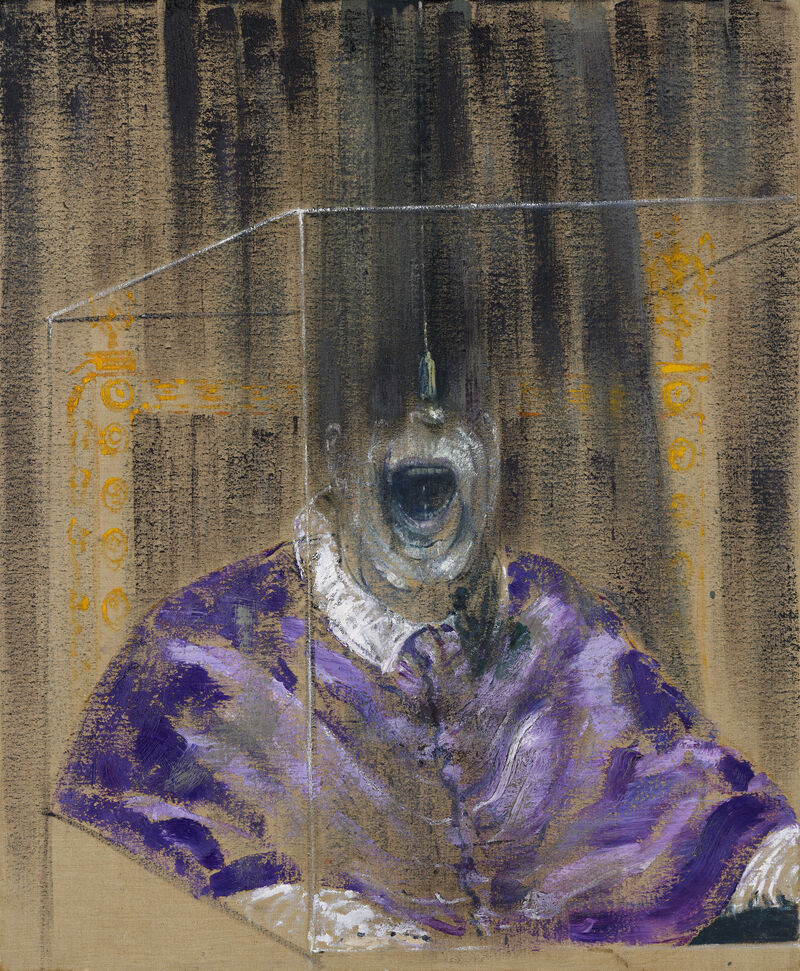
Images of charisma: Francis Bacon's portraits
For the first time, the National Portrait Gallery in London is dedicating a major exhibition to a famous portraitist: Francis Bacon: Human Presence brings together over 50 works, some of which are rarely seen, from October 10.

Francis Bacon (1909-1992) is one of the best-known figurative painters of the 20th century. His portraits, which transcend traditional portraiture, make up a significant part of his oeuvre. With over 50 representative works, the National Portrait Gallery in London traces the development of Bacon's portraits in the exhibition Francis Bacon: Human Presence. In the 1940s, the painter created his disturbing images of powerful men, which are also described as »screaming portraits«. In the 1950s, Bacon painted with models for the first time, mainly friends. This was followed by increasingly sombre self-portraits in which he focused on his grief and loneliness, especially after private strokes of fate such as the loss of two partners. Bacon's paintings are accompanied by rare photographs by famous photographers such as Cecil Beaton and Bill Brandt, who photographed the artist. The exhibition runs from October 10, 2024 to January 19, 2025.
Bacon's aim was to capture the charisma of a person, not their outward appearance. This view of the person portrayed is highly subjective; Bacon allowed his own feelings about the person to flow into the work. The pictures are overlays of many different, sometimes contradictory feelings and represent the complexity of a person's identity. In the 1970s, at the height of his career, Bacon was regarded as Britain's greatest living painter.

Recent auction results of Francis Bacon
Dive deeper into the art world
Like a love poem: Robert Frank's experimental photo book
Robert Frank was an influential photographer of the 20th century. In Robert Frank: Mary's Book, the Museum of Fine Arts Boston presents a very personal photo book from the artist's younger years. The show opens on December 21.
Patio, Teatro piccolo, Vis à vis
The lively, dynamic and concentrated formal language of sculptor Mathias Kadolph has so far manifested itself primarily through his material, wood. Now, for the first time, he has had miniatures cast in bronze in an edition of twelve sculptures each. These convey essential impressions of his formal ideas and open up to new impulses for our perception.




























